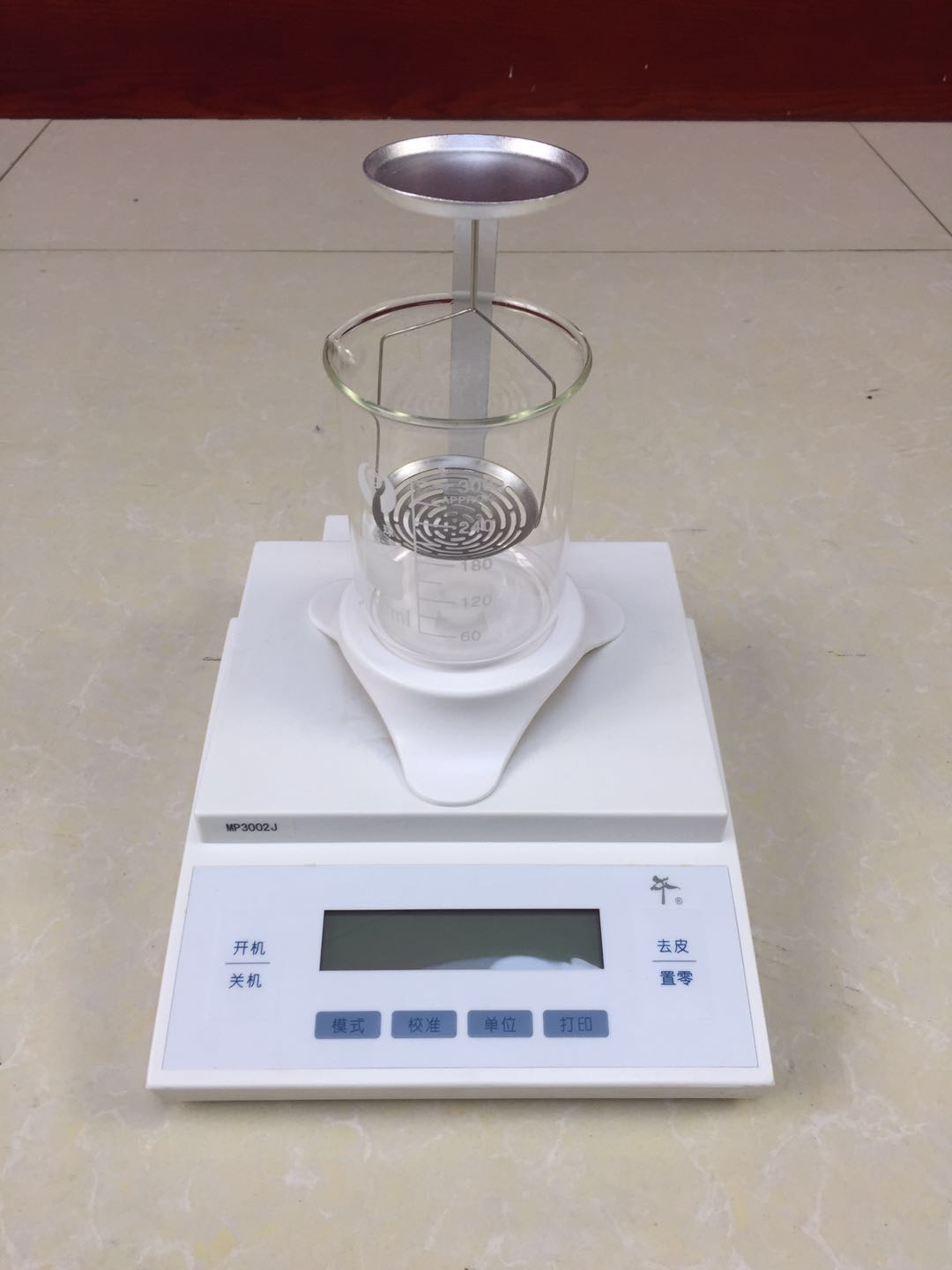Device for Measuring Electrical Resistances Accurately and Efficiently in Various Applications
Understanding the Machine to Measure Resistances
In the realm of electrical engineering and physics, resistance is a fundamental parameter that influences how electrical circuits perform. Resistance, measured in ohms, quantifies the opposition that a conductor presents to the flow of electric current. To accurately assess this property, the invention of machines specifically designed to measure resistances has played a pivotal role in both research and practical applications.
The Importance of Resistance Measurement
Resistance measurement is crucial in various fields, including electronics, telecommunications, and energy production. Whether it's ensuring the integrity of electrical components, assessing the functionality of circuits, or guaranteeing safe operations in power systems, understanding resistance is vital. For instance, in designing integrated circuits, engineers must know the resistance values to avoid overheating and ensure efficiency.
Types of Resistance Measurement Devices
Several types of machines are used to measure resistances, each with its own mechanism and applications
.1. Ohmmeters The most straightforward tool used to measure resistance directly is the ohmmeter. This device functions by passing a small current through the component and measuring the voltage across it. According to Ohm's Law (V = IR), this voltage drop allows for the calculation of resistance. Ohmmeters can be handheld for portability or can be built into more complex digital multimeters (DMMs) for versatility.
2. Four-Wire Measurement Instruments For more precise measurements, especially in low-resistance scenarios, four-wire measuring techniques are employed. In this method, two wires are used to supply the current to the resistor, while the other two wires measure the voltage drop across it. By eliminating the interference caused by the resistance of the test leads, this technique provides highly accurate resistance readings. This approach is particularly useful in laboratory settings and research environments where precision is paramount.
3. Bridge Circuits Another method used to measure resistances is the Wheatstone bridge. This classic electrical circuit compares an unknown resistor with known resistors. By adjusting the ratios of the known resistances and balancing the bridge, one can derive the value of the unknown resistance. Although this method is less common in modern digital formats, it showcases foundational concepts in electrical measurement.
machine to measure resistances

4. LCR Meters For applications where inductance and capacitance are also relevant, LCR meters come into play. These devices can measure inductors, capacitors, and resistors by applying an AC signal and analyzing the response. This multifunctionality makes LCR meters ideal for characterizing complex electronic components.
Applications in Industry and Research
The applications of resistance measurement machines are vast. In the manufacturing sector, they are used for quality control, ensuring that products meet specified resistance standards. In automotive industries, resistance measurements help in the design and testing of wiring systems and electronic control units, guaranteeing safety and reliability.
In research settings, scientists and engineers utilize these machines to explore new materials' electrical properties, assisting in the development of semiconductors, conductors, and insulators. Resistance measurements can also provide insights into phenomena such as superconductivity, where resistance can drop to zero under specific conditions.
Challenges in Resistance Measurement
While advances in technology have significantly improved the precision of resistance measurement, challenges remain. Factors such as temperature fluctuations, environmental conditions, and material properties can affect readings. Consequently, sophisticated tools are required to mitigate these effects and ensure accuracy. Moreover, the increasing complexity of electrical systems necessitates ongoing innovation in measurement techniques.
Conclusion
In conclusion, machines designed to measure resistances are essential tools in both industry and research. From simple ohmmeters to sophisticated LCR meters and four-wire systems, each device serves a unique purpose in understanding and applying the principles of resistance in electrical circuits. As technology continues to evolve, these machines will surely enhance our ability to design more efficient and reliable electrical systems, paving the way for future innovations in the field.
-
Why the Conductor Resistance Constant Temperature Measurement Machine Redefines Precision
NewsJun.20,2025
-
Reliable Testing Starts Here: Why the High Insulation Resistance Measuring Instrument Is a Must-Have
NewsJun.20,2025
-
Flexible Cable Flexing Test Equipment: The Precision Standard for Cable Durability and Performance Testing
NewsJun.20,2025
-
Digital Measurement Projector: Precision Visualization for Modern Manufacturing
NewsJun.20,2025
-
Computer Control Electronic Tensile Tester: Precision and Power for the Modern Metal Industry
NewsJun.20,2025
-
Cable Spark Tester: Your Ultimate Insulation Assurance for Wire and Cable Testing
NewsJun.20,2025
 Copyright © 2025 Hebei Fangyuan Instrument & Equipment Co.,Ltd. All Rights Reserved. Sitemap | Privacy Policy
Copyright © 2025 Hebei Fangyuan Instrument & Equipment Co.,Ltd. All Rights Reserved. Sitemap | Privacy Policy
